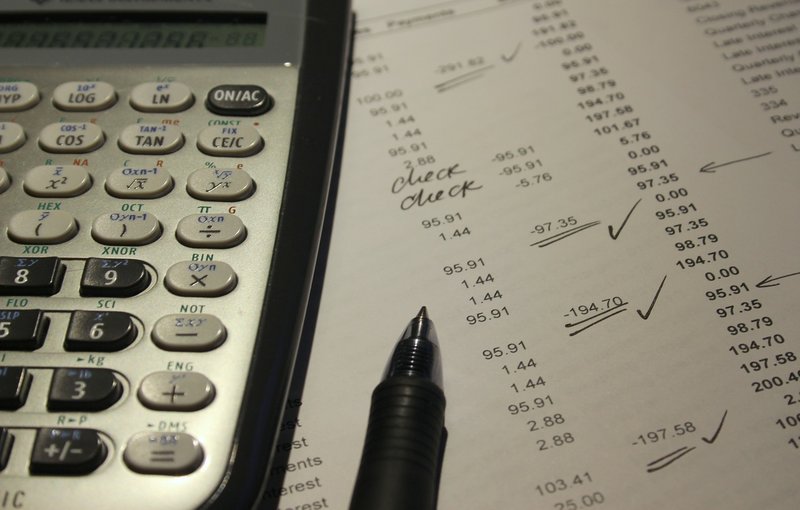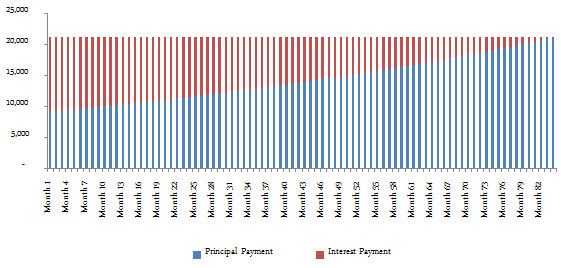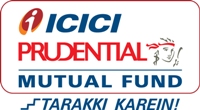Cost of debt is huge and can be damaging to your financial future: Part 1

In the business world, companies take loans either to tide over a temporary liquidity crisis or to fund expansion of the business. A liquidity crisis is a desperate situation and debt is often the only option to tide over it. When a company takes debt to fund business expansion, it hopes that the additional revenues will enable it to service (pay interest) the debt and, over period a time, pay back the loan amount. Many companies have funded successful projects with debt, but the industrial landscape in India is littered with examples of companies who were not successful and eventually went into bankruptcy (BIFR). Therefore, the decision to take debt in business requires rigorous feasibility analysis and prudent fiduciary judgement. Many of the principles that companies use for business funding, also apply to our personal finances as far as taking debt concerned.
Culturally, as a society, we are debt averse but in more recent times it has been observed that, indebtedness of our society is on increasing trend. As per a survey conducted by National Sample Survey Organization, 22% of urban households and 31% of rural households were in debt at the beginning of 2015. Average urban household debt multiplied more than 7 times, from र 12,000 (approximately) in 2002 to र 85,000 (approximately) in 2014.
Taking debt for business purposes is understandable because it can lead to higher income, if the project is successful. But as per the survey, only 18% of urban household debt was for business purposes; 82% of urban household debt was for personal purposes like home loans, marriage, education etc. While spread of credit facilities in India has ensured easier access to debt for households, you should remember that debt comes at a steep cost.
Debt comes in many forms and I have observed that, many people do not even realize that, they have debt. I was speaking with a nephew, a bright young man, who is working for the last 2 years in the New Delhi region after passing out from college. He told to me that he had no debt. But was he actually debt free? He purchased a smart phone on an EMI plan and was paying interest on it. He had multiple credit cards and was not sure, if he paid the card balances in full by the respective due dates. He has a car, financed by his company and the company was deducting the cost (both principal and interest payment) from his salary credit. In all the three cases, he was paying interest without even knowing it. It is extremely important for individuals and households to know the cost of the debt, because it comes out of their savings. What is cost of debt? It is the interest payment on the debt or loan you have taken. Let us discuss cost of some common forms of debt.
Credit Card interest
Credit card interest can be as high as 3% per month. If the outstanding balance is not paid by the due date, the bank will start charging interest on the card balance using average daily balance method (in most cases in India). Further, the bank will charge interest also on the new transactions made by the card holder. Let us understand this with help of an example. Let us assume that, last month you spent र 50,000 on your credit card. For whatever reason, you have not been able to pay the balance in full by the due date. Your bank charges 2.7% monthly interest. For each day after the due date, till you make your payment, the bank will charge interest of र 44 (र 50,000 X 2.7% X 12/365). If you make your payment 15 days after the due date, the total finance charge (interest) on your card will be र 665. Further, if you did not make the minimum payment on the due date, the bank will charge an additional amount as late payment penalty. The late payment penalty can range from र 300 to र 500, depending on the outstanding balance amount. Since your outstanding balance was र 50,000 the late payment penalty is likely to be र 500. Add that to the finance charge and now your cost is र 1,165. That is not all. In the 15 days after due date, till you make your payment, the bank will levy interest on all new spend. Suppose you spent another र 20,000 on your card before making the payment, the finance charge on the 20,000 will be र 266. Add all up and your total cost is र 1,432.
If you follow this pattern throughout the year, as is often the case with many people who rely on revolving credit for their lifestyle needs, your total cost is around र 17,200. This is a cost you can easily avoid by managing your spend more carefully and by being more disciplined about paying credit card dues. You should understand that, this is a useless cost, which is arising either out of an unsustainable lifestyle or sheer negligence.
If you save र 17,200 spent in credit card finance charges and penalties every year and invest through monthly SIPs in an equity mutual fund scheme, in just 5 years, you can accumulate र 1.27 lakhs (assuming 15% annualized returns).
Car Loans
Interest on car loans, offered by most banks, range from 11 – 14%, depending on the segment of the vehicle. The tenure of the loan is usually 5 to 7 years. You have to pay back the car loan in equal monthly instalments, which include some principal payment and interest on the outstanding balance.
Let us walk through an example, how much a car loan will cost you, in terms of interest paid by you over the tenure of the loan. Let us assume you took a car loan of र 12 lakhs to purchase the vehicle of your choice. The bank is charging interest at the rate of 12%. The tenure of your loan is 7 years. The EMI of your car loan will work out to be approximately र 22,000. The chart below shows the principal and interest payments made over the loan tenure.

You can see in the chart above that, the red bars (interest payment) are quite big for the first three years of the loan tenure. How much interest will you have to pay through the tenure of your car loan? It will be approximately र 5.8 lakhs, which is nearly 50% of the cost of the car. Moreover, by the time you pay-back your car loan, you are more likely than not, ready to upgrade to another, more expensive car and probably take another loan for that purpose. How much will your car fetch in terms of re-sale value? Not more than 25 – 30% of your purchase price.
Car purchase decision for some people is purely based on utility, but for others it is influenced by personal desires, lifestyle, image, status in society and other intangible factors. I am not saying that, you should not take a car loan to purchase a vehicle you like. You are entitled to your choice and there is nothing wrong in indulgence, provided, however, you clearly understand the costs associated with your choices. Very often, you do not even know what the cost is, because you are making equal monthly payments very likely through ECS from your savings bank account. But the cost is very real.
You should also understand the opportunity cost of interest. If you were able to save half of the interest amount in the above example, either by making a bigger down payment or opting for a lesser loan tenure or simply by purchasing a less expensive vehicle, and invested that amount through monthly SIPs in an equity mutual fund, in seven years, your accumulated corpus will be nearly र 36 lakhs, assuming 15% annualized returns. This corpus compounded over time, can help you meet a variety of long term financial goals, like retirement planning, children’s education etc.
Conclusion
In this post, we discussed that more often than not, we are not even aware of the cost of debt. We also discussed the potential opportunity loss, if you rely on debt to meet your lifestyle aspirations. In the next part of the post, we will discuss the biggest component of debt of average middle income to upper middle income urban Indian households, Home loans. Please stay tuned.
Mutual Fund Investments are subject to market risk, read all scheme related documents carefully.
RECOMMENDED READS
LATEST ARTICLES
- Why you need to have hybrid mutual funds in your portfolio: Different types of funds Part 2
- Why you need to have hybrid mutual funds in your portfolio: Misconceptions Part 1
- Which is the best time to invest in mutual funds
- Economic slowdown: Is it real and what should you do
- Importance of liquidity in investing: Mutual funds are ideal solutions
An Investor Education Initiative by ICICI Prudential Mutual Fund to help you make informed investment decisions.
Quick Links
Follow ICICI Pru MF
More About ICICI Pru MF
POST A QUERY




